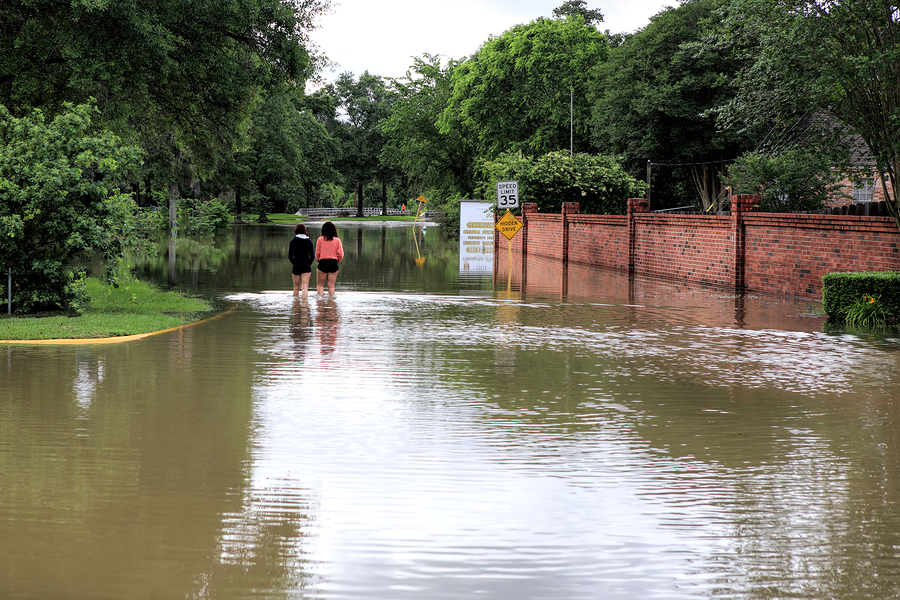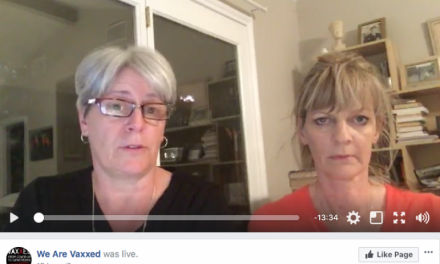Since the early 1980’s, the number of extreme rainstorms- worldwide- have gone up by more than a third. (As I type this, the east coast is preparing for the 4th storm to make landfall in the last month and a half.) And, in the US, flooding is the most costly type of natural disaster, responsible for an average of 140 deaths and $6 billion worth of damage- each year.
RELATED ARTICLE:
In fact, it’s now believed that by the middle of the century, the majority of US coastal areas will be hit with 30 or more days of flooding each year, and that’s not hard to believe given our recent weather.
- Hurricane Harvey dumped 50 inches of rain on Houston in August and was the city’s third “500-year” flood in three years. Also, FYI, 500-year flood’s are called that because they have a 1-in-500 chance of happening during any given hurricane season.1
- Between 2006 and 2013, Miami Beach, Florida, experienced 33 flood events compared to just 16 in the seven preceding years.2
RELATED ARTICLE:
So, what’s to blame? Some say climate change, “rising sea levels — the result of glaciers and ice caps melting in warmer temperatures — make storm surges along coastal areas much worse. Warmer oceans also evaporate faster, and warmer air can hold more moisture, meaning big storms can absorb and dump larger volumes of water. And higher sea temperatures give brewing storms more energy to feed off…”3 Still, others say the poles have shifted. And then there are those who believe someone is actually MAKING the storms- whether on purpose or inadvertently.
https://www.youtube.com/watch?v=ogyhc-EpcWw
Regardless of what is causing it, temperatures and sea levels are continuing to rise and that can only mean more flooding. Therefore, it’s time to put a plan together. But it’s also time to stop building and living in floodplains.
“Nearly 10 million U.S. households sit in 100-year floodplains, mostly on the Gulf and Atlantic coasts. Among the most vulnerable cities are Boston, New York, Tampa, Miami Beach, and New Orleans. But location isn’t the only factor — another is overdevelopment. When cities spread out across large areas, developers often pave over the grasslands and wetlands that would otherwise absorb excess water.” 4
Currently, the government’s National Flood Insurance Program (NFIP) offers irresponsibly cheap premiums to residents and businesses in at-risk areas and they have repeat customers. So much so that the program is almost $25 billion in debt. However, due to political pressure from homeowners and developers little has been done to change the program.
Hopefully, as things seem to be getting worse and not better, people will willfully stop buying and building homes in unsafe areas and politicians will seek instead to adopt new policies that will mitigate risk.












